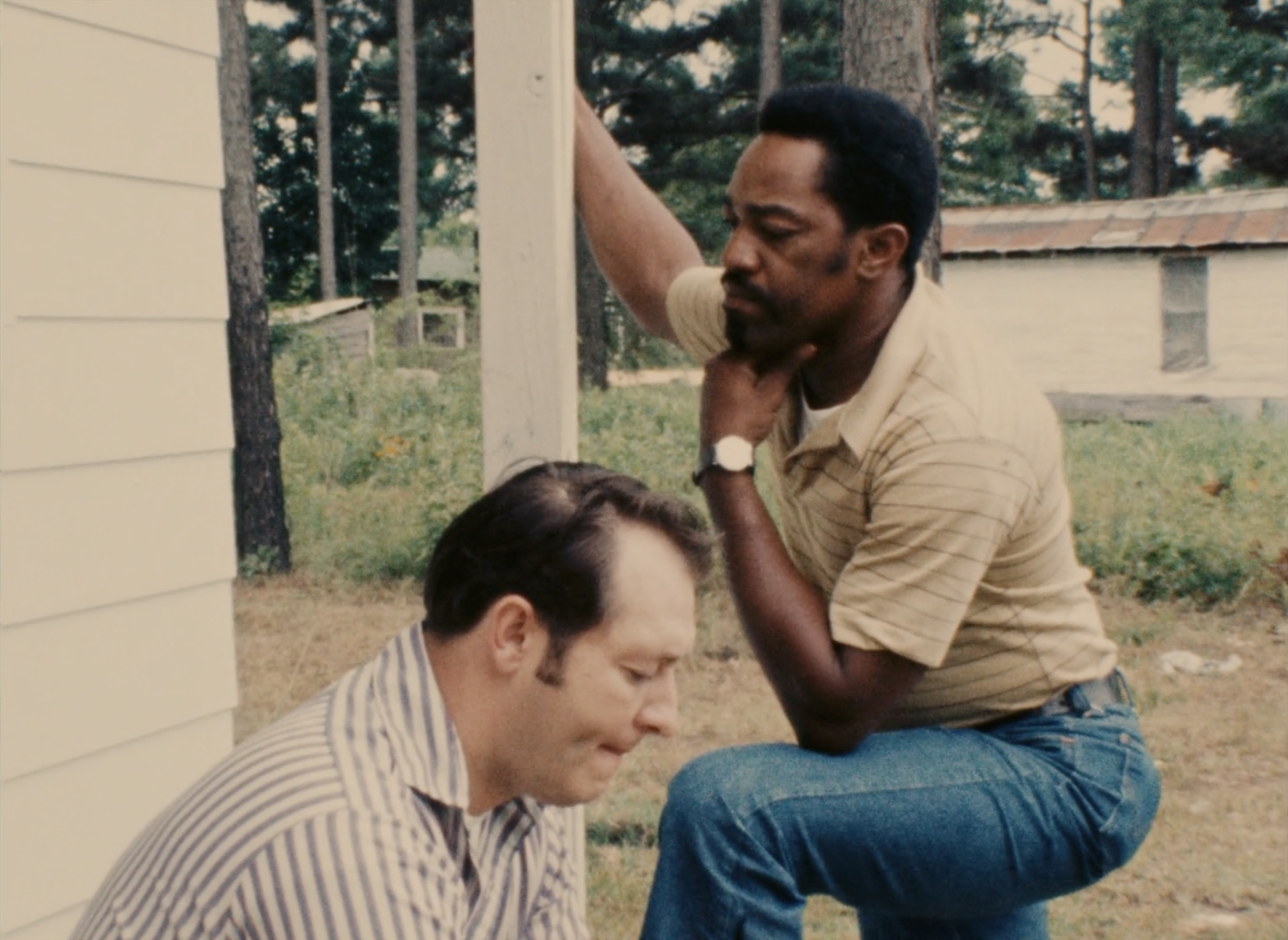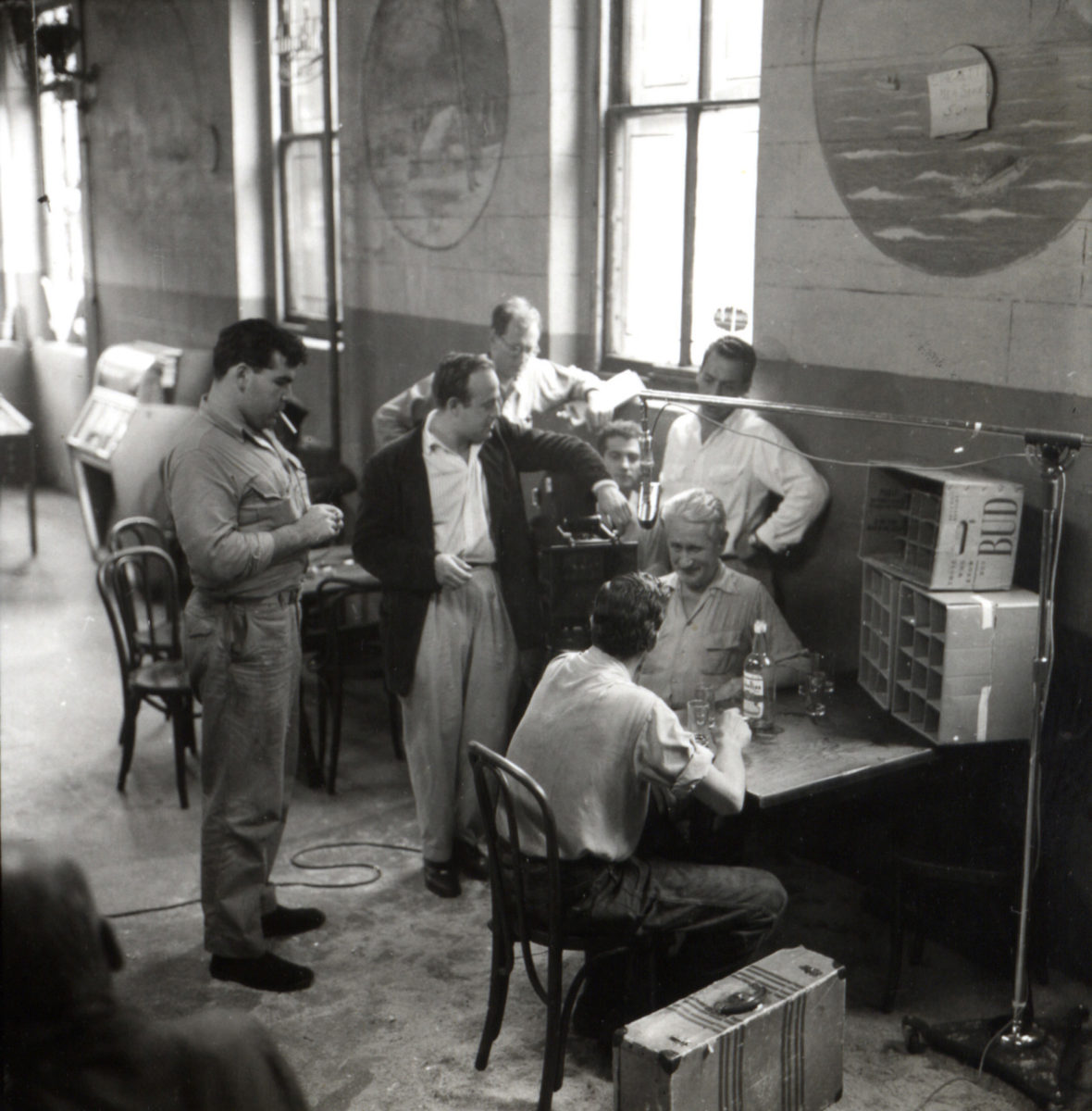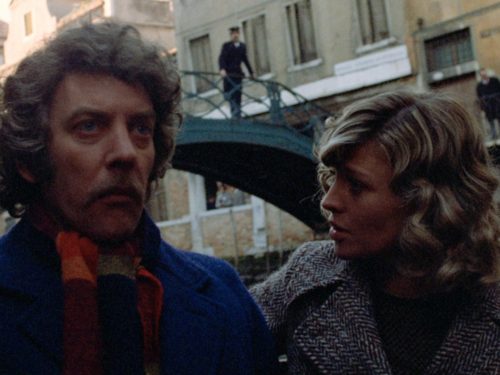Two late career triumphs from the great American Independent filmmaker receive beautiful DVD releases from Milestone Films
“I have an obsession with freedom,” Lionel Rogosin once said in an interview, before adding that he also believes freedom is something that many people are afraid of. As with his words, Rogosin’s films still have the power to challenge humankind’s often baffling and harmful ways and provoke new understandings of the world. This is not only because his work documents some of modern history’s major social crises and global atrocities, but because he does so with such disarming intimacy. Rogosin presents the issues faced by his subjects through his own openhearted processes of trying to understand their situations on a personal, collaborative level. He seeks out the poetry of political expression rather than merely communicating political information. His films feel like he is learning along with us from the people in front of the camera.
As if it wasn’t enough for Milestone Films to have produced brilliant releases for Rogosin’s most famous works — On the Bowery (1956) and Come Back, Africa (1959) — they have now done the same for Rogosin’s two final films. Woodcutters of the Deep South (1973) and Arab Israeli Dialogue (1974) are both essentially built around political debates staged for Rogosin’s camera. In Woodcutters, black and white workers try to organize against oppressive pulpwood corporations, while Arab Israeli Dialogue brings together Palestinian poet Rashed Hussein and Israeli writer Amos Kenan to discuss potential solutions for peace among their people. Given beautiful new restorations by Fondazione Cineteca di Bologna, these films, which have not been easy to track down, are now available for a whole new generation to discover, proving yet again that Milestone is one of the most crucial advocates for the art of cinema working in film distribution. As with their On the Bowery and Come Back, Africa releases, Milestone has also paired each film with companion pieces produced by Rogosin’s son, Michael. Working Together (2021) and Imagine Peace (2019) not only explore the legacy of his father’s work, but also act as spiritual sequels to Woodcutters and Arab Israeli Dialogue, respectively.
Click here to read about Rogosin’s masterpiece, On the Bowery (1956)
Rogosin created a revolutionary distancing effect within his films. Far from the standard social-issue documentaries of the time, Rogosin recognized the power of allowing people to express themselves beyond the facts of their lives. The productions of his early landmarks On the Bowery and Come Back, Africa involved the staging of hyper-natural dramas with non-professional actors that forever changed the course of narrative art filmmaking in America. In 1970’s Black Roots, Rogosin foregrounds performances of politically charged folk and blues music to instigate discussions of civil rights in America. He wanted to use his medium to expose the evils of the world — which he experienced firsthand while serving in the Navy during World War II — but also to promote and lift up the humanity caught under the weight of oppression. He broke social and racial barriers with his openness to the people living such hardships. Come Back, Africa was shot secretly during Apartheid in South Africa when it was illegal for blacks and whites to have “mixed gatherings.” Rogosin approached his black co-writers and collaborators by saying, “Listen, you guys have got to help me write this script… it’s your film, it’s your story… I’m just your media.” The process of collaborating on his films created space for the freedom to speak of their experiences and express themselves in front of his camera in ways that were often unavailable to them in their day-to-day lives.
Throughout all of his films, Rogosin demonstrates an eye for patterns, from the minutely personal to the ever-repeating waves of social progress and regression. Woodcutters of the Deep South is considered the final film in a loose trilogy on race in America with Black Roots and Black Fantasy (1972). It explores the particular struggles of its southern wood workers while recognizing the eternal social cycles they find themselves caught within while trying to organize against their employers. Rogosin mostly turns the microphone over to his subjects, but his voice appears in the narration only in brief interjections. As the workers congregate for the film’s central discussion of their shared labor issues, Rogosin notes that they are falling into the same patterns of nearly every demoralized group throughout the course of history by starting to “fight amongst themselves in their struggle against the rulers of society.”
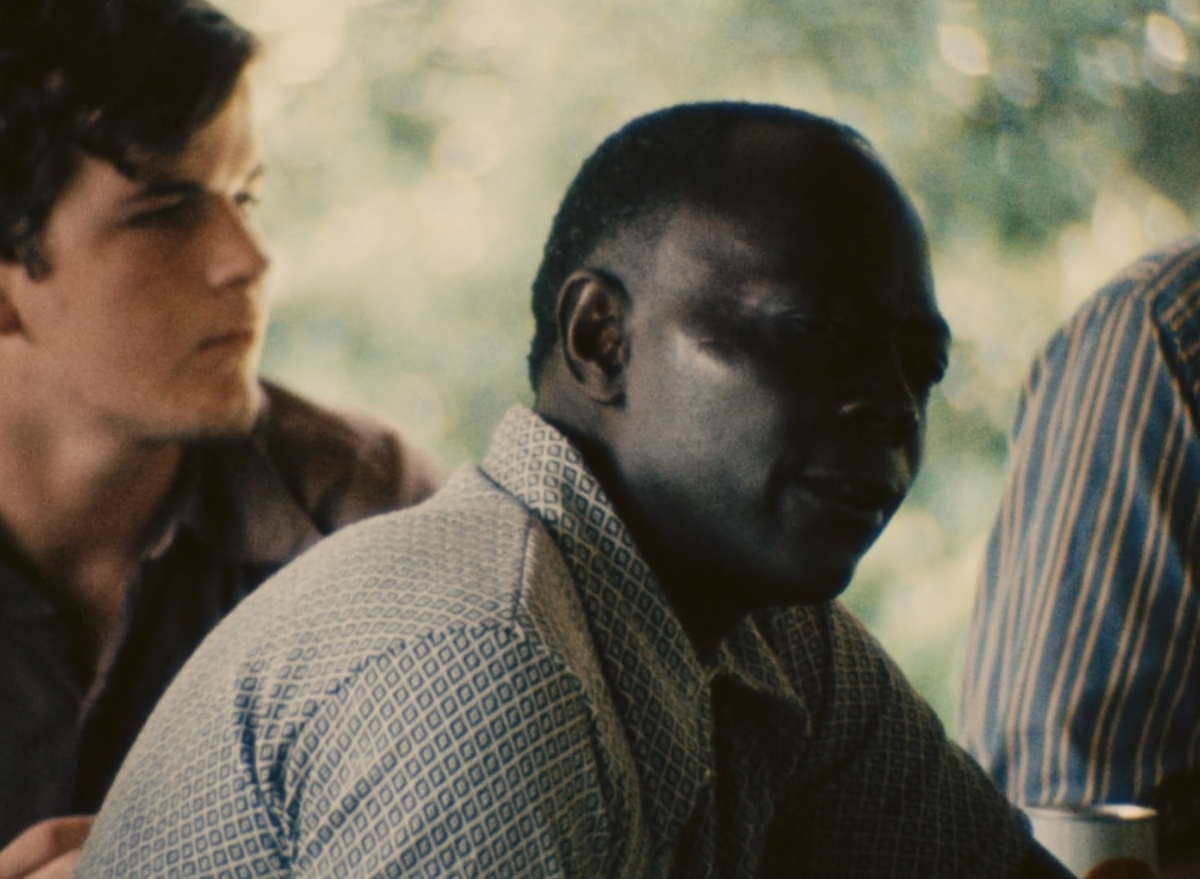
This was, after all, an unlikely meeting of cultures. As mentioned in Working Together, the diverse group of woodcutters trying to organize included both socialists and supporters of the Ku Klux Klan. But rather than stage moments of disagreement for a greater dramatic or narrative effect, Rogosin chooses to level the drama of the moment. He transforms the meeting into a series of portraits. As in his masterpiece, On the Bowery, Rogosin is most in his element within Woodcutters when he is scanning across groups, searching through faces and catching the changing expressions offered by a collection of individuals. Both Woodcutters and Arab Israeli Dialogue align with Rogosin’s point of view — a matter that is addressed in both Working Together and Imagine Peace — but he more often than not appears most interested in drawing us into the creasing of faces and shifting glances among the workers as they process each speaker’s words. These details evoke each person’s past experiences and histories and speak much louder than the political dialogue. They all are seemingly after the same things without knowing how to express it or reach that moment of communion. Rogosin appears to find this array of perspectives beautiful and frustrating; the gaps in understanding are both the blessings and the curse for all of humanity in its diversity.
Less a fully realized film and more a passion project meant to shake the world into a more open conversation, Arab Israeli Dialogue finds Rogosin stripping his filmmaking approach down to its bare essentials. It is worth noting that Michael Rogosin’s Imagine Peace is twice as long as the film it examines. Imagine Peace is one sure testament that Rogosin’s aim for Arab Israeli Dialogue was successful as his 1974 film continues to spark conversation. In interview footage of Lionel Rogosin speaking with Amos Kenan in 1990 produced for a potential sequel to Dialogue (also included on the disc), Kenan says that if he and Hussein were able to get together again — Hussein died tragically in a fire in 1977 — they would have the same conversation with the “same intonations.” As evidenced in footage shot in 2011 by Michael Rogosin while screening his father’s film at the offices of the Palestine-Israel Journal, Kenan’s words hold true; The original debate staged between Kenan and Hussein opens up another debate before the camera among the journal’s staff.
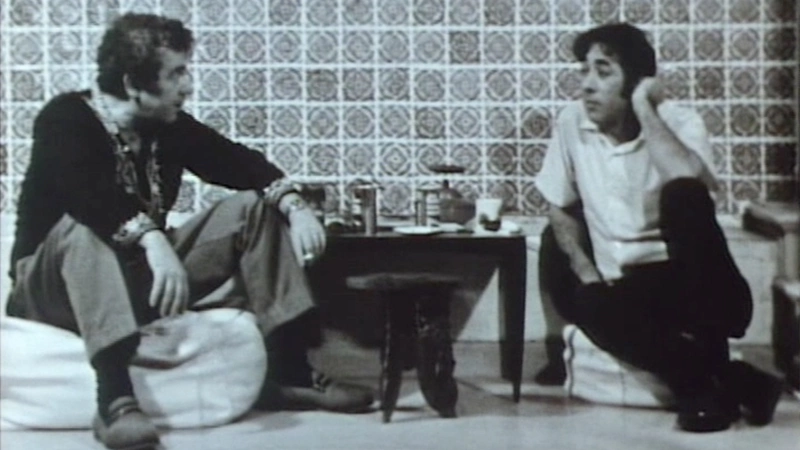
As Imagine Peace takes up the reins of Lionel Rogosin’s unrealized sequel, it also traces the history of Arab Israeli Dialogue, its impact upon release, and Rogosin’s personal ties to the project. The film mentions that in Lionel Rogosin’s autobiography, he writes that Arab Israeli Dialogue was criticized by extremists on both sides and refused by public television, who treated the film “as if it were a bomb.” And yet the extreme nature of responses from all sides seems to speak more of the film’s power and its mission to initiate the conversation than anything. Unfortunately, it would turn out to be his last film. But both Arab Israeli Dialogue and Woodcutters of the Deep South demonstrate the humble bravery that allowed Lionel Rogosin to venture into society’s forbidden zones to ask questions about the meaning of freedom and shed light where light was needed. The rest is up to us to deal with what he discovered and ask our own questions to further the conversation.
The DVD of Woodcutters of the Deep South/Working Together is available from Kino Lorber and Amazon
The DVD of Arab Israeli Dialogue/Imagine Peace is available from Kino Lorber and Amazon
Learn more about Milestone Film and Video
Support Missing Movies
Stay up to date with all things Split Tooth Media and follow Brett on Twitter and Letterboxd
(Split Tooth may earn a commission from purchases made through affiliate links on our site.)

